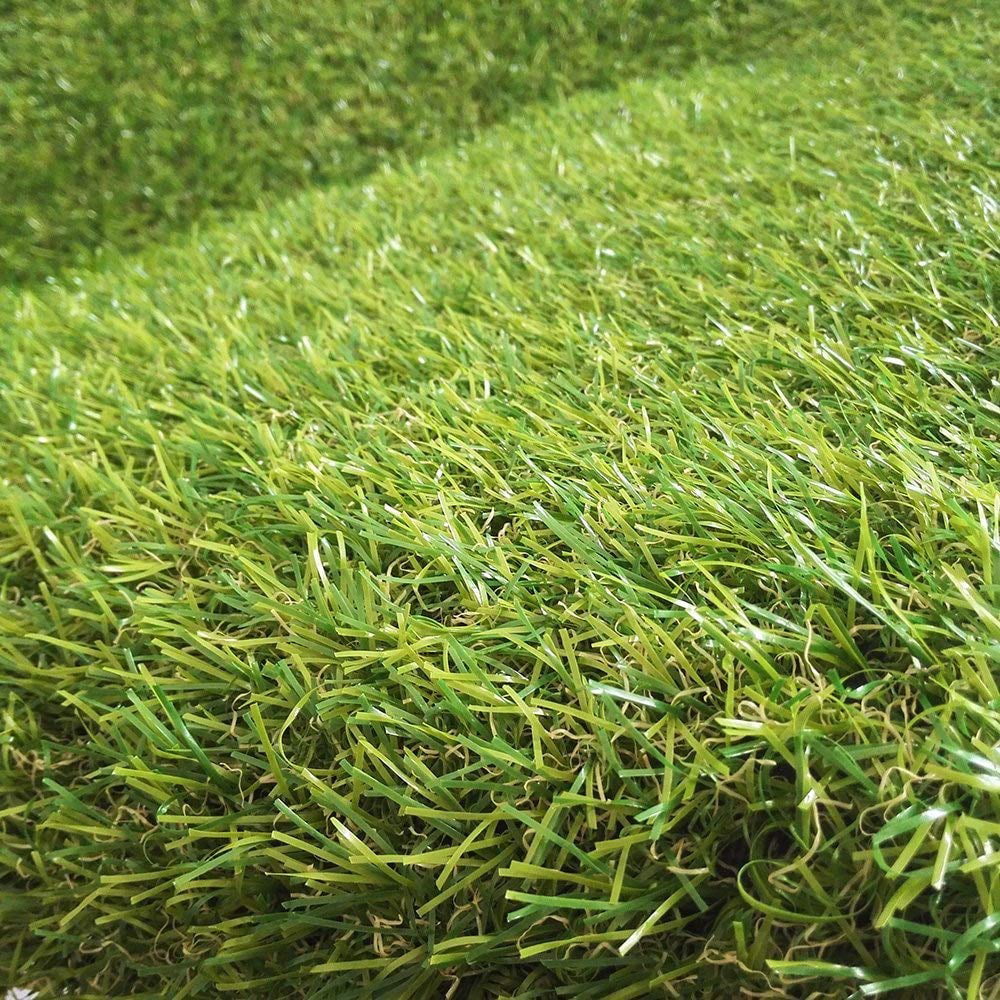When it comes to transforming your outdoor space into a low-maintenance, lush, and green oasis, fake grass (also known as artificial turf) has become a popular choice for homeowners. Whether you want to cut down on water usage, reduce yard work, or simply enjoy the beauty of a perfectly manicured lawn year-round, fake grass can be a great solution. However, choosing the right type for your yard can be overwhelming. In this guide, we’ll walk you through everything you need to know to select the best fake grass for your specific needs.
1. Understand Your Purpose for Installing Fake Grass
Before diving into the options, consider why you’re installing fake grass in the first place. Knowing your goals will help you focus on the right type of turf.
- For Aesthetic Appeal: If you’re mainly looking for a beautiful, natural-looking lawn that stays green all year, prioritize the appearance and texture of the grass.
- For Children or Pets: If your yard will be used as a play area for kids or pets, you’ll need durable, soft turf that can handle wear and tear.
- For Sports and Activities: Planning to install turf in a space for recreational activities? Choose grass designed for heavy use, such as athletic fields or multi-purpose areas.
2. Consider Pile Height
Pile height refers to the length of the grass blades, and it can make a significant difference in the look and feel of your fake grass.
- Short Pile (10-30 mm): This height is ideal for high-traffic areas, including pet runs and pathways, as it’s more durable and easy to maintain.
- Medium Pile (30-37 mm): Best for yards that want a balance of aesthetics and durability, this height resembles freshly cut grass.
- Long Pile (37-45 mm): Perfect for those who want a more luxurious, natural look, but may require more maintenance to keep the blades upright.
3. Check Density and Weight
The density of fake grass refers to the number of synthetic fibers per square inch. Denser grass tends to look more lush and natural but can be more expensive.
- High Density: Offers a fuller, more realistic appearance. It’s soft underfoot and ideal for aesthetic purposes.
- Low Density: Suitable for areas where heavy foot traffic is expected, like pathways or sporting surfaces.
The weight of the turf also affects durability. Heavier turf (generally with more fibers) will last longer and withstand more usage but might be more challenging to install.
4. Material Types
Artificial grass is typically made from one of three materials: polyethylene, polypropylene, or nylon.
- Polyethylene: The most common material, known for its soft texture and realistic appearance. It’s great for families and pets due to its durability and comfort.
- Polypropylene: This is the cheapest option but is less durable and not ideal for heavy-use areas. It’s best for decorative use where foot traffic is minimal.
- Nylon: The strongest and most durable material, capable of withstanding high temperatures and heavy use. It’s perfect for sports fields and high-traffic areas but tends to be more expensive and less natural in feel.
5. Choose the Right Backing
The backing of artificial grass holds the fibers in place and ensures proper drainage. There are two main types:
- Polyurethane Backing: Known for its durability, this type of backing can endure high foot traffic and extreme weather conditions. It’s ideal for long-term installations.
- Latex Backing: While cheaper, latex backing can expand and contract with changes in temperature, potentially leading to wrinkles or damage over time.
Good drainage is essential for avoiding water pooling or unpleasant odors, especially in pet-friendly areas. Look for backing with efficient perforation to allow quick water flow.
6. UV Resistance
To prevent your fake grass from fading or deteriorating in direct sunlight, ensure it comes with UV protection. UV-resistant grass will retain its vibrant green color for longer, even in sunny climates. Check the product specifications for its warranty against UV degradation.
7. Consider the Infill
Infill is the material placed between the grass blades to support the turf, keeping the blades upright and adding cushioning. There are different types of infill available, each suited to different needs:
- Silica Sand: Most commonly used infill. It’s affordable and provides good support.
- Rubber Crumb: Used primarily for sports fields, it adds shock absorption, making the turf softer underfoot.
- Organic Infill: Eco-friendly options like coconut fibers or cork are great for those seeking a more sustainable option.

8. Maintenance Requirements
While fake grass requires less maintenance than natural lawns, some upkeep is necessary to keep it looking fresh. Periodically brushing the blades helps them stay upright and debris-free. Pet owners should clean and deodorize areas where pets frequently use the grass.
Also, consider whether the grass you choose is compatible with a leaf blower or other equipment, as certain pile heights might make it harder to remove leaves and dirt.
9. Budget and Cost
Fake grass can vary widely in price based on the materials, pile height, and density. Generally, high-quality artificial turf ranges from $5 to $20 per square foot, including installation costs. When budgeting, remember to factor in the cost of additional materials such as infill, edging, and weed barriers.
While the upfront cost may seem high, the long-term savings from reduced water bills and lawn maintenance can make it worth the investment.
10. Sustainability and Environmental Impact
If you’re environmentally conscious, opt for brands that offer eco-friendly turf made from recycled materials or grass that doesn’t require harmful infill materials. Additionally, artificial turf can help conserve water, making it a great option for drought-prone regions.
Conclusion
Choosing the best fake grass for your yard involves balancing aesthetics, functionality, and budget. By considering factors like pile height, material, density, and maintenance needs, you can create a beautiful, hassle-free outdoor space that suits your lifestyle. Take time to evaluate your options, and consult with professionals to ensure a smooth installation process.

